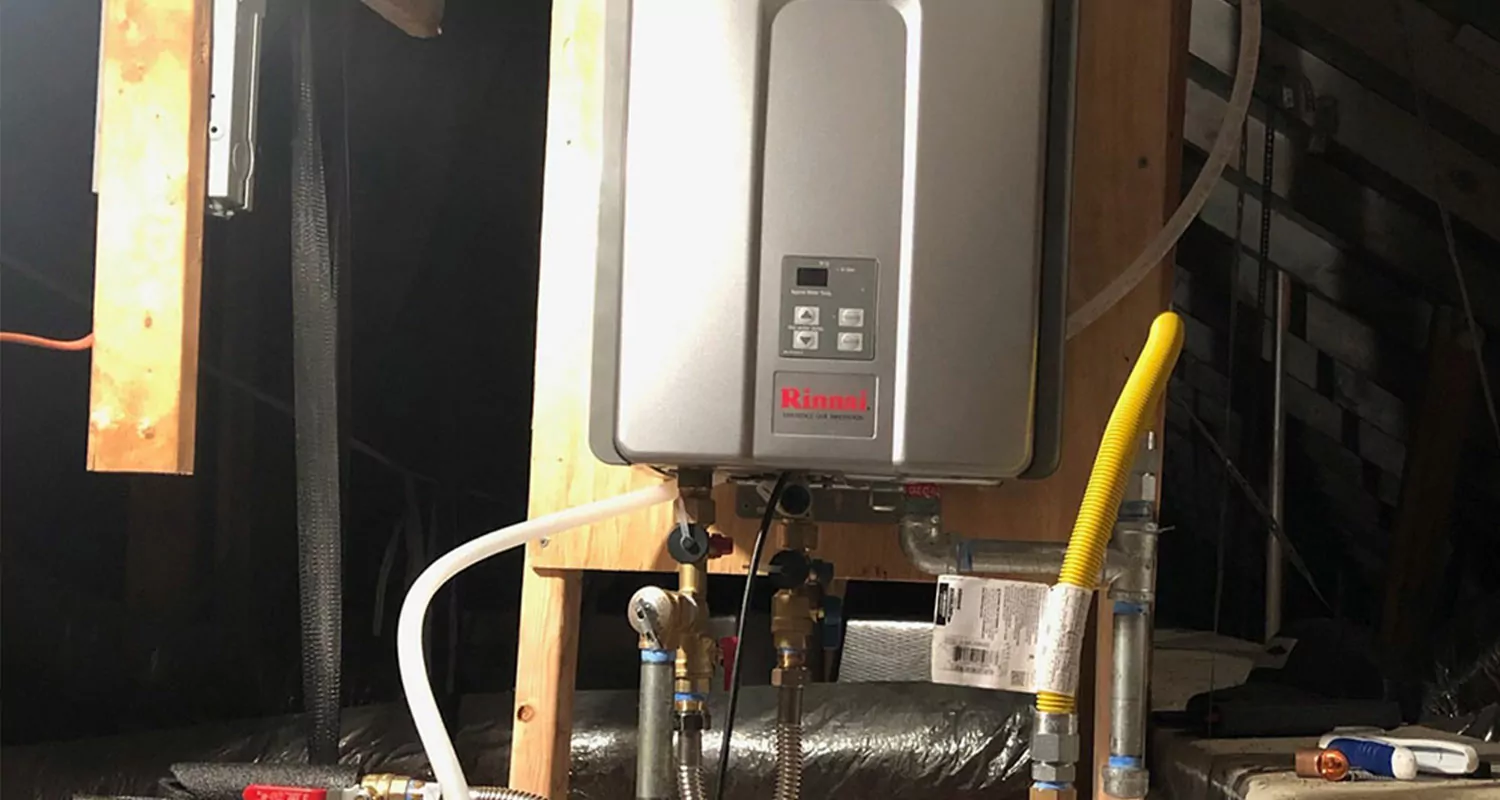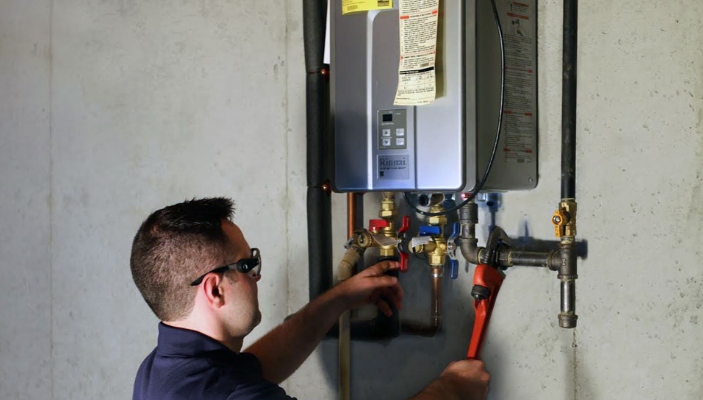They are making several good points regarding What Kind of Maintenance Do Water Heaters Need? in general in this great article below.

Warm water is vital for daily convenience, whether it's for a revitalizing shower or washing meals. To ensure your warm water system runs successfully and lasts much longer, regular upkeep is crucial. This article gives functional suggestions and understandings on exactly how to maintain your home's warm water system to avoid disturbances and costly fixings.
Intro
Maintaining your home's warm water system might appear difficult, yet with a few straightforward steps, you can guarantee it operates efficiently for many years to come. This overview covers whatever from recognizing your hot water system to do it yourself maintenance ideas and knowing when to employ professional aid.
Significance of Keeping Your Hot Water System
Routine maintenance not only expands the life expectancy of your warm water system but additionally ensures it runs successfully. Overlooking upkeep can lead to decreased effectiveness, greater power bills, and even early failure of the system.
Indications Your Warm Water System Needs Maintenance
Recognizing when your hot water system requires focus can prevent significant concerns. Look out for indicators such as inconsistent water temperature, odd noises from the heater, or rustic water.
Purging the Water Heater
Flushing your hot water heater removes debris build-up, improving efficiency and extending its life.
Monitoring and Replacing Anode Rods
Anode rods stop deterioration inside the container. Examining and replacing them when worn is vital.
Facility Concerns Requiring Expert Assistance
Instances consist of significant leaks, electrical issues, or if your hot water heater is constantly underperforming.
Regular Professional Maintenance Advantages
Expert upkeep can consist of detailed inspections, tune-ups, and guaranteeing compliance with security requirements.
Checking and Changing Temperature Level Setups
Changing the temperature level setups makes certain optimal performance and safety.
DIY Tips for Upkeep
You can do numerous upkeep jobs on your own to maintain your warm water system in leading problem.
Checking for Leaks
On a regular basis check pipelines and links for leaks, as these can result in water damage and higher bills.
Understanding Your Warm Water System
Prior to diving right into upkeep tasks, it's valuable to comprehend the fundamental components of your hot water system. Typically, this includes the hot water heater itself, pipelines, anode poles, and temperature level controls.
Regular Monthly Maintenance Tasks
Regular monthly checks can aid capture small problems before they escalate.
Examining Stress Alleviation Valves
Evaluating the pressure relief valve guarantees it works correctly and prevents too much stress accumulation.
Insulating Pipes
Shielding warm water pipes reduces warmth loss and can conserve energy.
When to Call a Professional
While do it yourself upkeep is advantageous, some issues call for expert knowledge.
Conclusion
Normal upkeep of your home's hot water system is essential for performance, durability, and cost financial savings. By complying with these tips and recognizing when to seek expert help, you can make certain a trustworthy supply of hot water without unanticipated interruptions.
How to Maintain an Instant Hot Water Heater
Before tinkering with your hot water heater, make sure that it’s not powered on. You also have to turn off the main circuit breaker and shut off the main gas line to prevent accidents. Also turn off the water valves connected to your unit to prevent water from flowing into and out of the appliance. 2. When you’re done, you have to detach the purge valves’ caps. These look like the letter “T” and are situated on either side of the water valves. Doing so will release any pressure that has accumulated inside the valves while at the same time avoid hot water from shooting out and burning your skin. 3. When the purge valves’ caps are removed, you have to connect your hosing lines to the valves. Your unit should have come with three hoses but if it didn’t, you can purchase these things from any hardware or home repair shops. You can also get them from retail stores that sell water heating systems. Read the user’s manual and follow it to complete this task properly. When the hosing lines are connected, open the purge port’s valves. 4. You should never use harsh chemical cleaners or solutions when cleaning your unit. Make use of white vinegar instead. It should be undiluted and you’ll probably use about 2 gallons. 5. Now flush your water heater. This task should probably take about 40 minutes. We can’t give you specific directions for this because the procedure is carried out depending on the type, model and brand of your heater. With that being said, refer to the user’s manual. 6. When you’re done draining the unit, you have to turn off the purge port valves again. Remove the hosing lines that you earlier installed on each of the water valves. Put the valve caps (purge port) back in their respective places and be very careful so as not to damage the rubber discs that are found inside these caps. 7. Now that everything’s back in place, check your user’s manual again to find out how to reactivate your water heating system. 8. Once it is working, turn one of your hot water faucets on just to let air pass through the heater’s water supply pipes. Leave the tap on until water flows smoothly out of it. https://www.orrplumbing.com/blog/2014/september/how-to-maintain-an-instant-hot-water-heater/

As a person who reads about What Kind of Maintenance Do Water Heaters Need?, I assumed sharing that portion was a good idea. Loved our piece of writing? Please share it. Help another person locate it. Thanks for your time invested reading it.
Book A Free Estimate